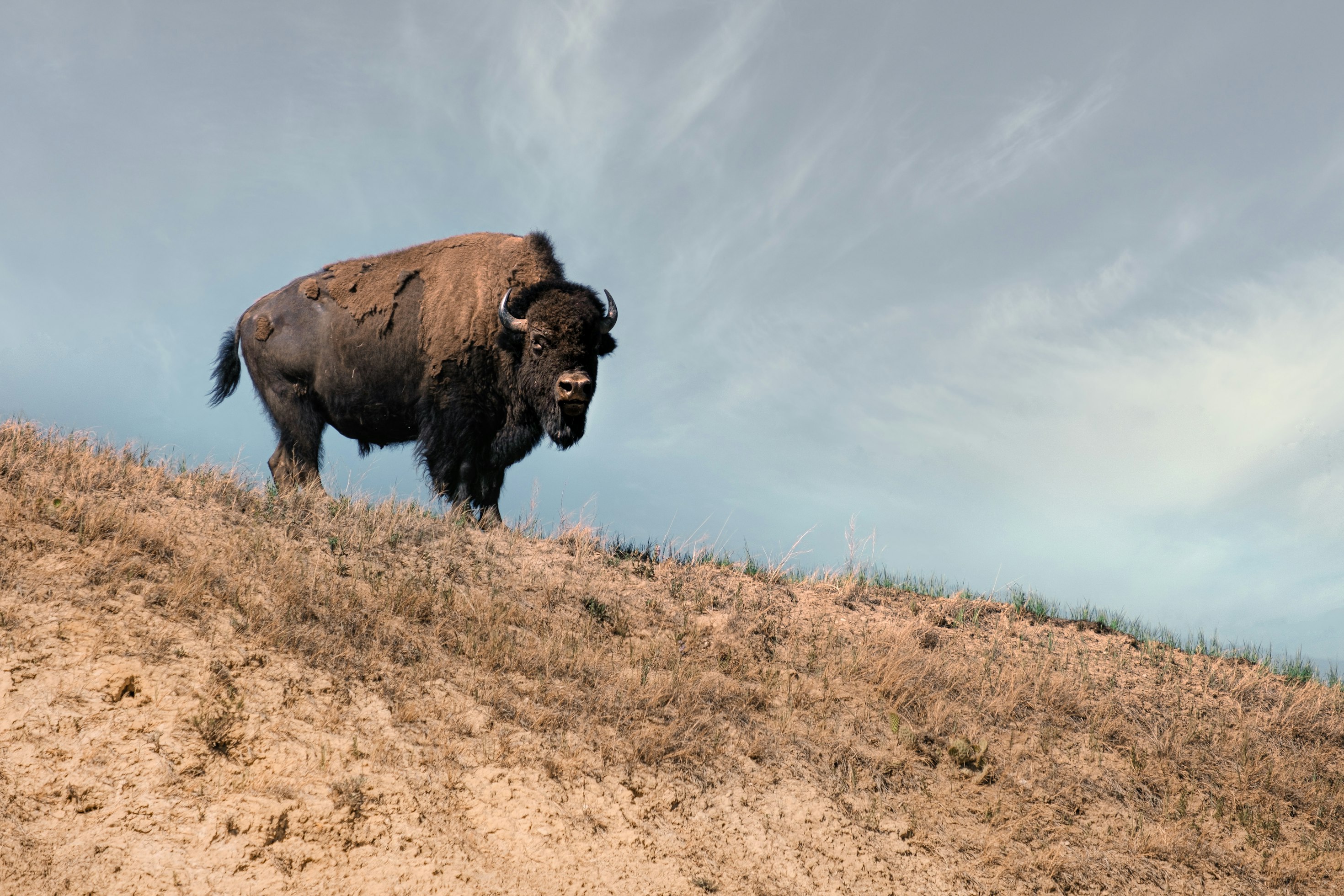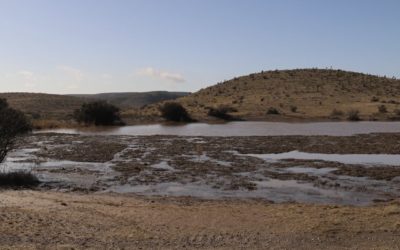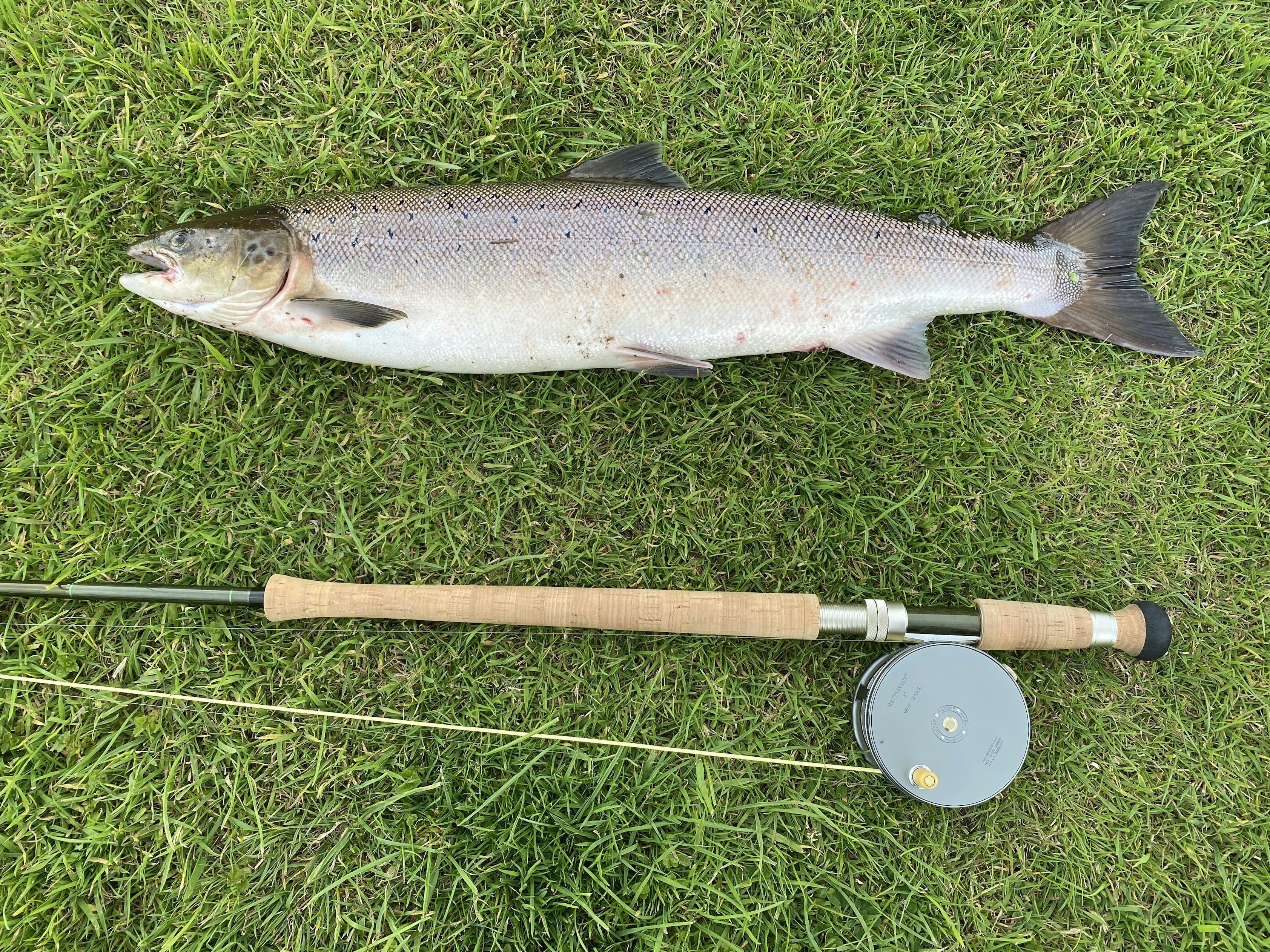Mass Yellowstone Hunt Kills 1,150 Bison
Thanks to agency policies that put dogma ahead of common sense, our National Park bison and elk herds are the national reservoir for brucellosis. It is essential that an all-out effort be initiated to control disease, which causes spontaneous abortions in cattle, in the Parks using the most modern technology and methods.
Managers must abandon their perverse “hands-off ” management religion, which, like refusing to reduce fire hazard in the forests, they mistakenly believe is “natural,” and pursue disease eradication (with medicine not guns) without reservation. Then we can stop slaughtering these animals in the annual fake “hunts” described below.
NOTE: this article was originally published to NYTimes.com on January 12, 2023. It was written by Jim Robbins. Photographs by Michael Hanson
A months-long event, just outside the park, was intended to keep the animals from spreading a disease to livestock. But its scope and other removal measures affecting hundreds more have generated opposition.
HELENA, Mont. — An unusually harsh winter that buried Yellowstone National Park under a heavy blanket of snow and ice this year pushed a large portion of the park’s bison herd down to lower elevations and out of the park in search of milder climes and food.
Many were stopped from migrating even farther.
For four months, state and federal officials have sanctioned a hunt of the shaggy, humped animals that delight millions of tourists and are a centerpiece of Native American culture and history.
Officials said they had no choice but to approve the lengthy culling of the roughly 6,000-member herd as the animals instinctually cross the park boundary onto other public land primarily to the north in Montana’s Paradise Valley, but also west of the park. It is part of a strategy to prevent them from getting near livestock, because some 60 percent of the bison herd carries a disease, brucellosis, that could infect cattle and cause cows to abort their calves.
But in the last several weeks, the scope of the hunt, conducted mainly by members of eight Indigenous tribes, along with other park control measures, has generated more criticism than previous hunts. As the culling winds down, the record-breaking number of bison removed from Yellowstone’s herd has climbed to more than 1,530 — including hundreds of pregnant females that would have soon been giving birth. Hundreds more were sent out of the park — some to slaughterhouses and about 285 to a quarantine site where they will be held to determine if they are disease-free. The healthy ones will be sent to homes on Native American lands elsewhere.
Yet another estimated 800 have been captured and held to protect them from the hunt.
Government officials and conservation groups have wrestled with ways to manage the annual migration for decades.
“It’s probably the single-most challenging wildlife issue in Yellowstone,” Cam Sholly, the park superintendent, said in an interview. “The bison is the only species we constrain to a boundary.”

A bison herd within the Montana side of Yellowstone National Park. This year, the bison population had grown to a record-breaking estimate around 6,000.
It’s a complex management scenario. Once the bison cross an invisible national park boundary and wander into Montana to the north and west on national forest land, they become the responsibility of the state.
Under historic treaties bestowing the rights to take buffalo, members of the Nez Perce, Blackfeet, Confederated Tribes of the Umatilla Reservation, Northern Arapaho, Confederated Salish and Kootenai Tribes, the Crow and Shoshone-Bannock Tribes traveled to the region and harvested nearly 1,100 bison.
“It’s a very cultural and spiritual endeavor and brings our families together,” said Jeremy Red Star Wolf, of the Confederated Tribes of the Umatilla Indian Reservation. “And it gives us an opportunity to talk about who we are and where we come from.”
About 90 were shipped to slaughter facilities, and 75 were killed by other hunters.
“We don’t want to see this many bison taken out of the population in normal years,” Mr. Sholly said. “But we have had three years of very light migration out of the park. This is one of the first major migrations out of the park for a considerable amount of time.”
Recent studies indicate that the population should not be reduced to fewer than 3,500, Mr. Sholly said, to ensure genetic diversity. With a new calf crop this spring, the population should be about 5,000, he estimated.
Some have questioned whether killing so many animals disrupts the herds’ social structure. Mr. Sholly conceded the point, but said hunting was less invasive. “When shipping to slaughter occurred in the past, a lot of times you are taking an entire family,” he said. “The hunting is more sporadic and takes out individuals, not necessarily a whole family unit.”
The park is home to the wildest bison population in the contiguous United States, where there are virtually no fences, and where it is subject to myriad forces of nature, from weather to grizzlies and wolves. An adult bull bison can weigh up to 2,000 pounds, and cows weigh up to 1,000 pounds. Females and calves gather in herds, while bulls are usually solitary.
Yellowstone officials have also been able to diminish the practice of sending bison to slaughterhouses by expanding the hunting and increasing the numbers now given to tribes to enlarge their herds or create new ones.
Still, some critics of the hunt note that there has never been an outbreak of brucellosis infection among Montana’s roughly two million cattle that could be traced to Yellowstone bison. Bradley De Groot, the brucellosis program veterinarian for the state’s livestock department, credited constant monitoring and interventions.
The wildlife in the greater Yellowstone ecosystem are the only known U.S. reservoir of the disease, according to the federal Animal and Plant Health Inspection Service.
If cattle were to become infected with the highly contagious Brucella abortusbacterium, it would result in a lockdown of the animals. (The disease localizes in reproductive organs and is passed primarily through fetal tissue after birth.) “For livestock operations that are quarantined, the only place they can sell sexually intact animals is straight to slaughter,” Mr. De Groot said. “That puts a dramatic impact on their ability to continue to generate revenue.”
Brucellosis bacteria can spread from animals to people, primarily through raw dairy products, but transmission can also be airborne. In humans, a brucellosis infection can cause undulant fever and fatigue. It can be treated with antibiotics, but may recur or become a chronic illness.
U.S. officials have rejected inoculations against brucellosis for park bison because they say existing vaccines lack efficacy and are hard to distribute. Elk in the region also are infected, and could reinfect any immunized bison. Cattle are immunized against brucellosis.
In the future, Mr. Sholly said, any preventive measures against brucellosis should also take elk into account.
“It’s hard to claim bison are presenting an imminent threat to livestock while thousands of brucellosis-infected elk are literally side-by-side with livestock in the Paradise Valley and there is no strategy to manage that interface,” Mr. Sholly said.
The disparity is partly because bison have a much higher rate of infection, Mr. De Groot said. Bison and cattle also graze in similar places, he said, “and the potential for interaction sufficient to transmit brucellosis from bison to cattle is much higher.”
Deer, moose and other species can also harbor brucellosis, but are less of a primary source of contagion.
The hunt by Indigenous tribes is, in part, an effort to restore their ruptured relationship with the bison. At least 30 million once grazed across the West, and for thousands of years they were a vital source of food; their hides were used for shelter and clothing; and their vast roaming was a symbol of freedom. They were slaughtered in massive numbers in the late 19th century to force tribes onto reservations and for profit. Some experts say climate changes and disease brought by cattle contributed to the bison’s decline.
The forced extinction reduced the once seemingly limitless herds to a handful, including some two dozen here at Yellowstone. Today’s herds are descended from the remnant population.
Beginning late last year, hundreds of Indigenous hunters from the Northwest United States have flocked to the boundaries of Yellowstone, especially to a small area called Beattie Gulch, adjacent to the park’s northern border.
Some hunters have traveled with their families to harvest buffalo. Kola Shippentower-Thompson, a member of the Confederated Tribes of the Umatilla Indian Reservation in eastern Oregon, hunted with her husband, Tommy Thompson, who is the Umatilla tribal game warden, and her cousin, Dion Denny.
Ms. Shippentower-Thompson said she had shot 13 bison since December, including a big bull last month, her first. After it fell to the snow, she and her husband gutted it, and she took a ceremonial bite of the old bull’s heart.
“That is a sign of respect,” she explained. “Everything we carry is within our heart. A big bull like that has made it through all the different seasons and territorial fights with other bulls, and you are taking on its spirit and the different teachings it has within it.”
But while these last few months have allowed hunters to connect to their heritage, the enormity of the culling is creating more controversy than in previous years. Critics, including some Native Americans, decried the park bison’s limited area of migration, saying they became trapped in a very small area, had little fear of people and were not given a fair chase afforded other hunted animals.
“The killing field is across the street from my driveway entrance,” said Bonnie Lynn, the founder of Yellowstone Voices, which campaigns against the hunt. The area is crowded with hunters, who have taken the bison meat and left the waste behind, with internal organs and hundreds of skeletons scattered about, she said.
“We have wolves coming to the gut piles, coyotes coming to the gut piles, mountain lions in the area, and we have bears coming out of hibernation to the gut piles,” she said. “It’s crazyville.”
Others pointed to the dangers posed by the limited area of the hunt, citing the wounding of Jackson Wak Wak, a member of the Nez Perce tribe, who was shot in the back by a ricocheting bullet.
Billboards sponsored by two environmental groups, Roam Free Nation and Alliance for the Wild Rockies, showcase concerns, with one featuring a photo of a herd of bison and a hunter, and the headline: “There is no hunt. It’s a slaughter.”
Another organization, the Buffalo Field Campaign, turned out this year to protest the ban on bison migration out of the park onto federal land in Montana. “They are killing one-quarter of the herd,” said Mike Mease, a founder of the organization. “That is insanity.”
Mr. Mease acknowledged the importance of the tribal hunt, but he criticized what he said was a powerful commercial influence driving the extent of the hunt.
“They wipe out way too many buffalo,” he said. “No other wildlife is treated this way. This is all directed by the Montana livestock industry.”
To Jeremy Red Star Wolf, of the Confederated Tribes of the Umatilla Indian Reservation, the hunt is not only culturally meaningful but also a reliable food source. His family killed five bison, providing meat for other families.
“We would certainly love to hunt them out on the natural landscape that once existed, but that natural landscape doesn’t exist anymore,” he said. “Instead of being trapped and sent to slaughter, let us practice our treaty rights and provide bison, which has a very storied history within our tribe.”
Yellowstone’s bison face other dangers as they roam outside the park. In late December, 13 were killed near West Yellowstone, Mont., when they were hit on U.S. Route 191 by a semi-truck after dark. Collisions are not uncommon: The animals’ dark brown color and the fact their eyes don’t reflect headlights the way that the eyes of a deer do make them very difficult to see at night.
So far this year, 22 have been hit by vehicles; the Buffalo Field Campaign has organized volunteers to dig paths through the snow to allow the bison to migrate safely and stay off the highway.
In recent times, Native Americans have actively recruited and encouraged the growth of bison herds on reservations. About 82 tribes now have more than 20,000 bison in 65 herds, in an effort to reconnect to their history. And Yellowstone park officials, Mr. Sholly said, are helping to move bison to tribal lands.
Interior Secretary Deb Haaland, the first Native American to serve in a presidential cabinet, recently announced an outlay of $25 million to helpconserve and restore the herds across the West.
Bison “are inextricably intertwined with Indigenous culture, grassland ecology and American history,” she said.
—
For more posts like this, in your inbox weekly – sign up for the Restoring Diversity Newsletter



